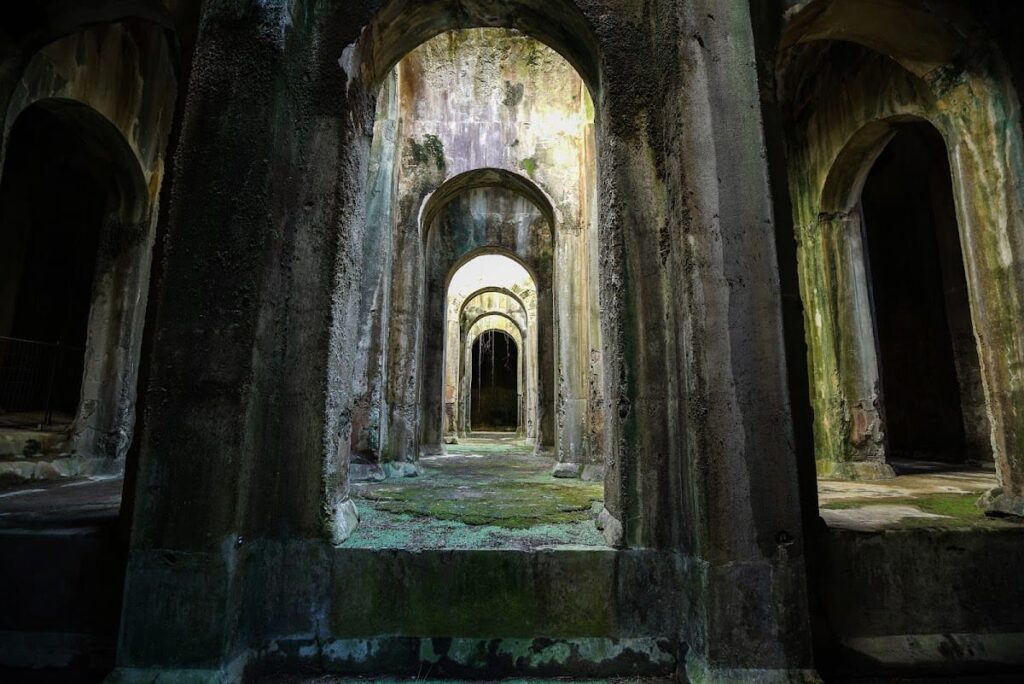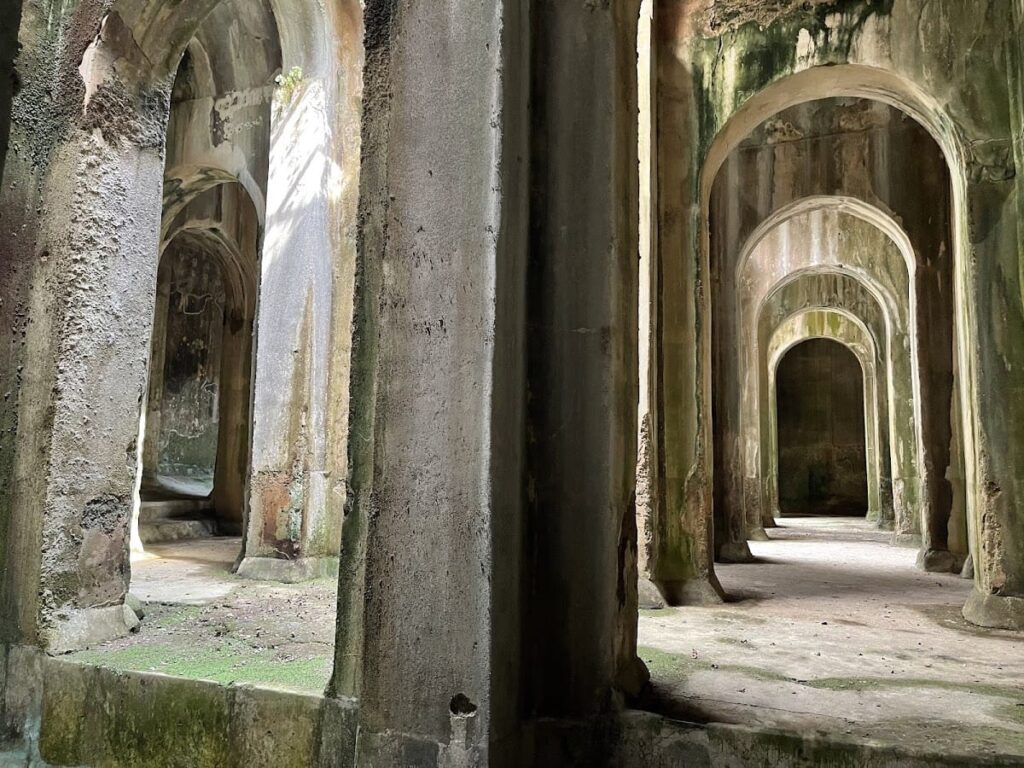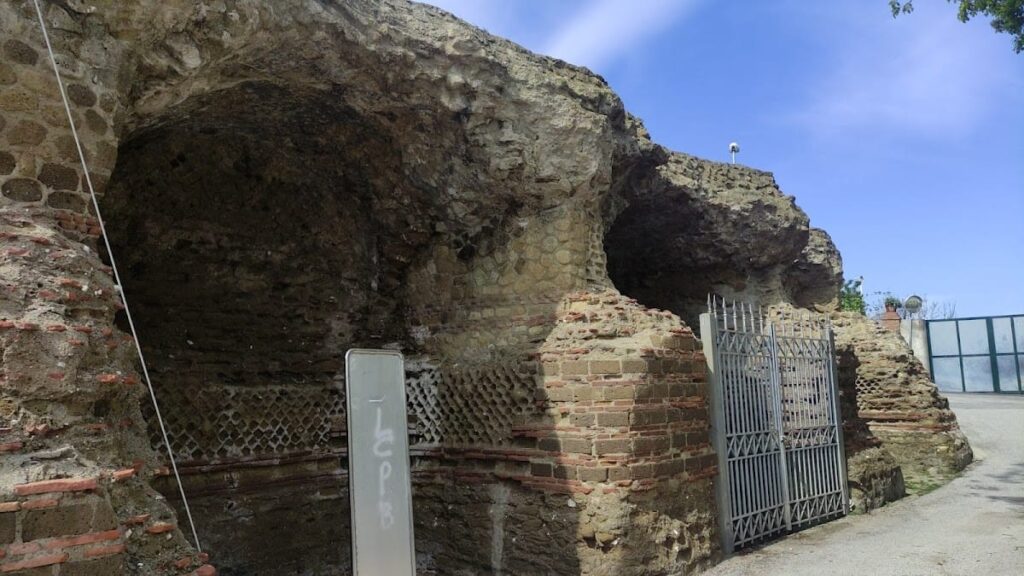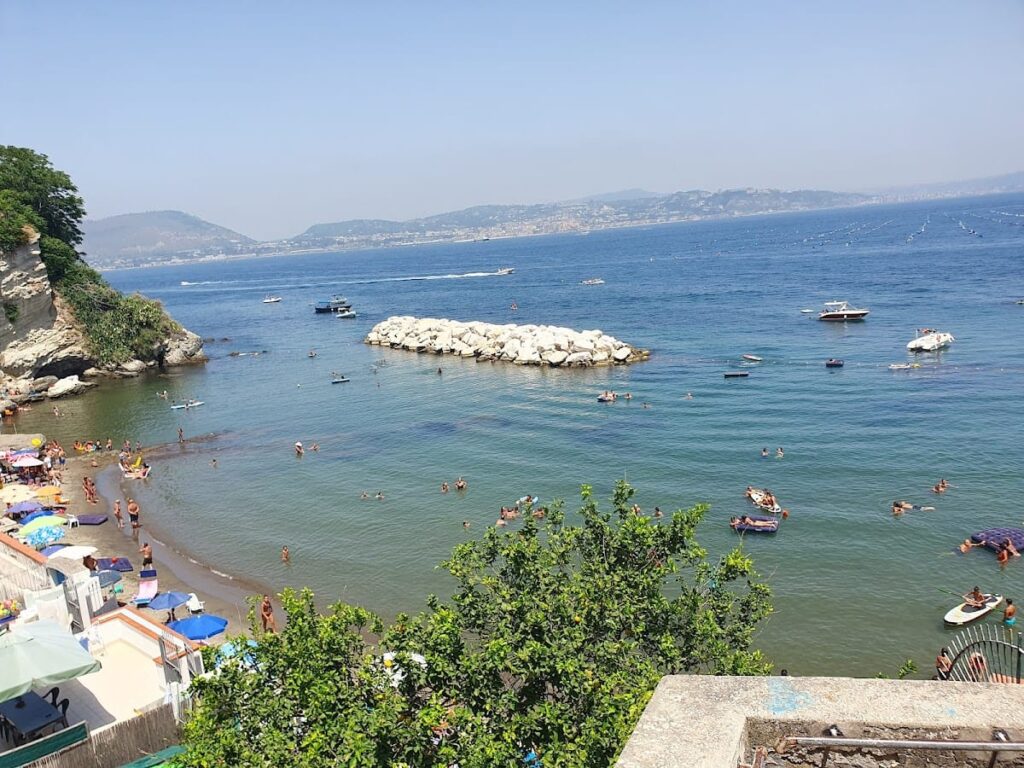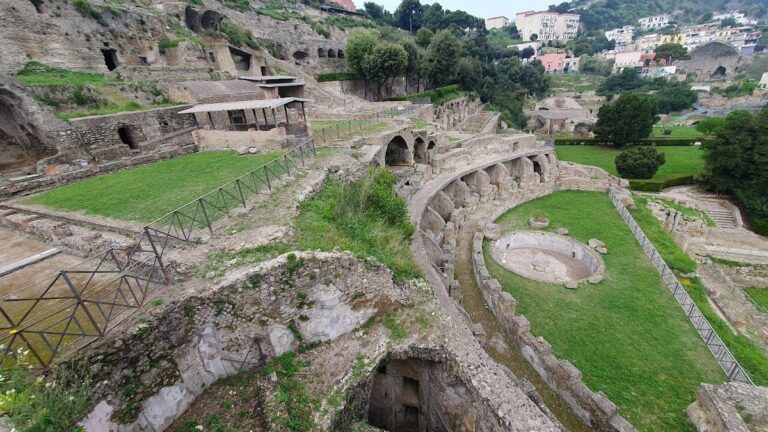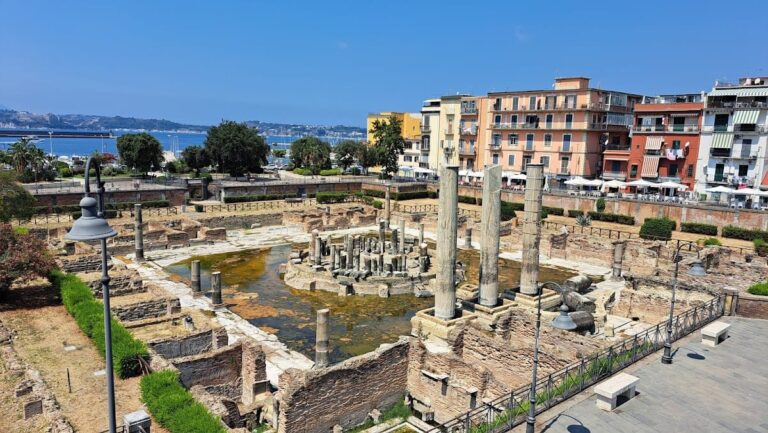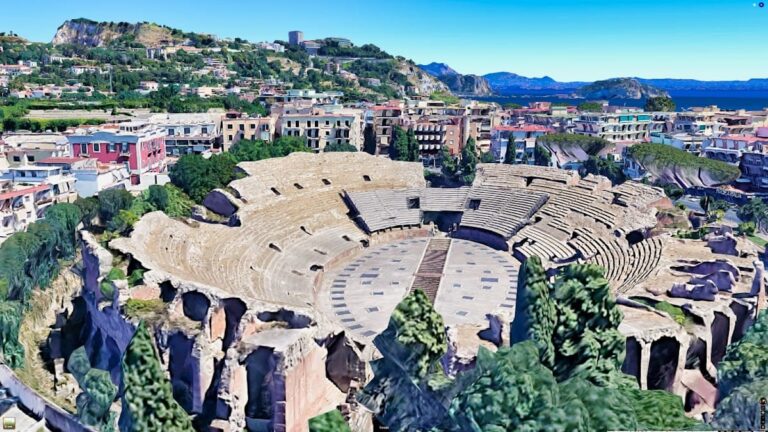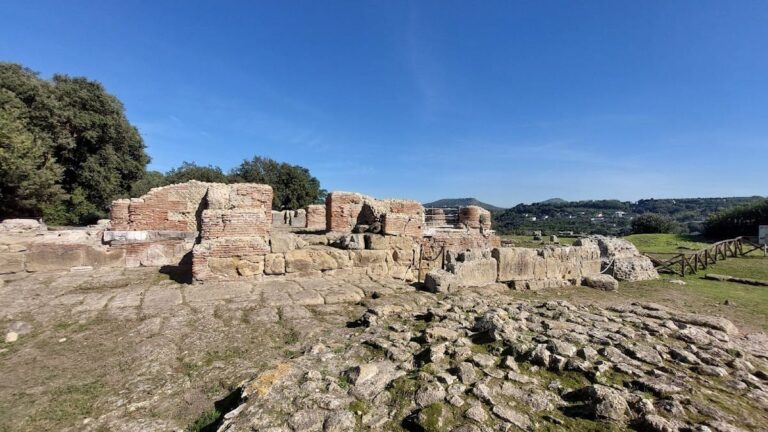Piscina Mirabilis: An Ancient Roman Cistern in Bacoli, Italy
Visitor Information
Google Rating: 4.6
Popularity: Medium
Google Maps: View on Google Maps
Official Website: www.piscinamirabilisbacoli.it
Country: Italy
Civilization: Roman
Remains: Infrastructure
History
The Piscina Mirabilis is located in Bacoli, a town in the province of Naples, southern Italy. It was built by the ancient Romans during the late 1st century BC, under the rule of Emperor Augustus. Positioned on Bacoli hill near the Gulf of Naples, this large cistern was part of the Roman water supply system in the region.
Constructed to serve the nearby naval base at Misenum, the Piscina Mirabilis likely provided fresh water to the Classis Misenensis fleet and its facilities. The cistern was supplied by the Aqua Augusta aqueduct, built after 33 BC, which brought water to several sites around Naples and the volcanic Phlegraean Fields. Alternatively, some scholars suggest it may have belonged to a luxurious villa in the area, though its primary function was to store large volumes of water.
In the late 1st to early 2nd century AD, the cistern was expanded with twelve additional small barrel-vaulted chambers on its north-eastern side. These chambers were constructed using mixed building techniques known as opus mixtum and opus vittatum, reflecting architectural developments of that period.
The Piscina Mirabilis ceased to function after the Aqua Augusta aqueduct was destroyed between the 4th and 5th centuries AD. The loss of the water supply ended the cistern’s use, and it fell into disuse.
The name “Mirabilis,” meaning “wondrous,” was given to the cistern by the Tuscan poet Francesco Petrarca during his visit in the 14th century. This name reflects the poet’s admiration for the impressive scale and engineering of the structure.
Excavations and restorations took place mainly between 1910 and 1936, focusing on stabilizing the walls, vaults, and staircases. Further restoration work on the roof terrace was carried out in 2007 to preserve the structure.
Remains
The Piscina Mirabilis is a large rectangular cistern measuring about 72 meters long, 25 to 27 meters wide, and 15 meters high. It is designed as a hypostyle hall, meaning its roof is supported by rows of columns. Inside, 48 cruciform (cross-shaped) pillars stand in four rows of twelve, dividing the space into five long aisles and thirteen courtyards. This layout has earned it the local nicknames “Water Cathedral” and “Cathedral of Bacoli.”
The vaulted ceiling is barrel-shaped and rests on the pillars. Above it lies a roof terrace made from Roman concrete (opus caementicium) and waterproofed with a special mortar called opus signinum, which contains crushed tiles to prevent water leakage.
The walls and pillars are faced with opus reticulatum, a net-like pattern of small tuff blocks and bricks. The pillars use tufelli blocks, a type of volcanic stone, while the walls incorporate bricks. Both surfaces were coated with waterproof mortar and smoothed at the corners, resting on kerbs at their bases.
There are two entrances with staircases: one at the northwest corner, still accessible today, and another at the southeast, which is closed. Water likely entered through pipes at the northwest entrance, as no external openings are visible on the walls.
A shallow basin about 1.1 meters deep, called the piscina limaria, is located in the center of the short central aisle. This basin served as a settling and drainage area to clean and empty the cistern when needed.
Water was drawn from the cistern through holes in the barrel vaults, using ancient hydraulic machines placed on the roof terrace. This system allowed water to be pumped out efficiently.
The twelve additional barrel-vaulted chambers on the north-eastern side were added in the late 1st to early 2nd century AD. These chambers were built with opus mixtum and opus vittatum techniques, combining different masonry styles. One chamber features a floor decorated with a labyrinth-shaped mosaic made of small tesserae (mosaic tiles) and a central panel of polychrome limestone tiles, possibly from an earlier construction phase.
Construction materials include volcanic yellow tuff from the nearby Phlegraean Fields, hydrated lime, and cocciopesto, a hydraulic mortar made from lime, volcanic ash (pozzolana), and crushed tiles. The mortar mixture also contains calcite, gypsum, and tobermorite, a mineral that strengthens the cement.
Restoration efforts in the early 20th century focused on consolidating the tuff pillars and vaults, filling cracks, repairing arches, resurfacing pillars with opus reticulatum, and waterproofing staircases with cocciopesto layers. The roof terrace was further consolidated and waterproofed in 2007.
Today, the Piscina Mirabilis remains largely intact and in situ, showcasing the impressive Roman engineering used to supply water to the region.
